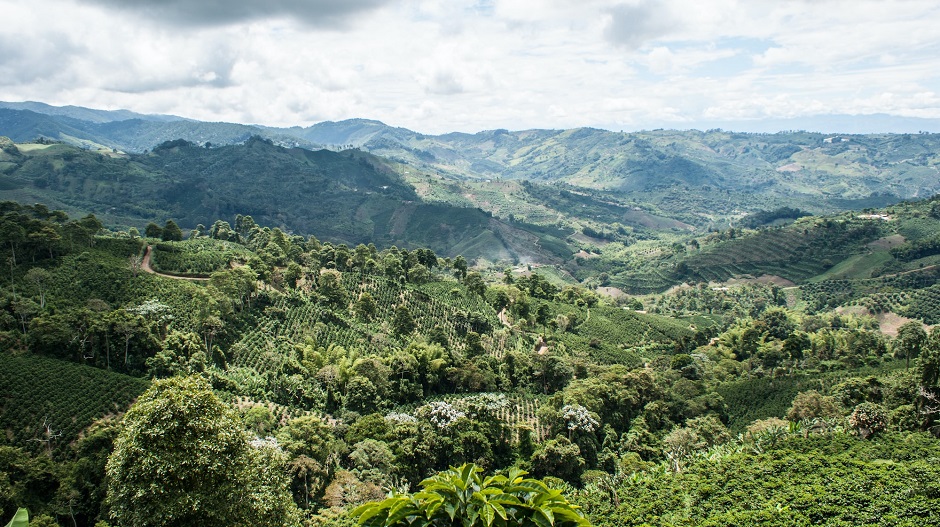It’s pretty common knowledge in the coffee community that coffees with different origins will have different flavours. Ever notice how you prefer that Kenyan Arariba over, for instance, a Guatemalan Arabica?
The differences in flavour associated with origin come down to the location's unique terroir. Whilst this term is more commonly used in the wine industry, it’s just as relevant for the coffee-producing industry. Terroir relates to the unique environmental factors present where that coffee is grown and produced.
These environmental factors may be soil, altitude, wind, precipitation or topography. These factors play a vital role in determining coffee plant health, resilience, maturation and caffeine production - coming together to create a unique fusion of flavours.
High and low altitudes impact the maturing process differently, which in turn affects the taste of the final product. We look at how various altitudes create a range of flavours and which locations are renowned for such flavours.
High Altitude

At higher altitudes, cooler temperatures slow down the growth rate of the coffee plant. At a slower growth rate the plants focus more on reproduction, resulting in a longer maturation process. This longer maturation process embeds the coffee bean with more complex sugars, creating those iconic, rich flavours.
Better drainage at higher elevations, as they don’t suffer from the watershed, results in less water in the fruit concentrating its unique flavours. Coffee beans grown at high altitudes are often grown in volcanic soil, due to its extremely fertile properties. These soils create some of the hardest and dense coffee beans in the world, prized for their flavour profiles.
Countries where coffee tends to be grown at very high altitude, include:
-
Columbia
-
Ethiopia
-
Guatemala
-
Kenya
-
Papua New Guinea
-
Sulawesi
Low Altitude
Coffee regions located at low elevations will exert harsher growing conditions on the coffee tree. Higher temperatures and less rainfall result in a rapid maturation process, which produces beans of varying tastes. Coffee beans grown at this altitude are typically much softer than coffees grown above 1200m.
As a result of this, low-altitude coffee is often more delicate, favouring light to medium roasts over the darker roasts often paired with high-altitude coffee.
Coffee beans grown at a medium altitude can be found in the countries:
-
Brazil
-
Bouma
-
Santos



